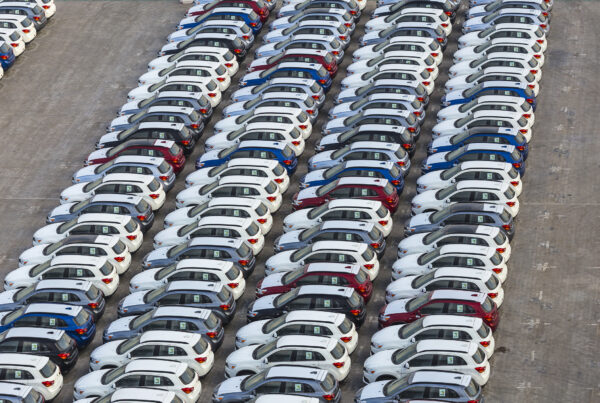A new online calculator that compares the lifecycle emissions of Australian electric vehicles and internal combustion engine (ICE) vehicles has recently been launched.
Developed by the Electric Vehicle Council (EVC), this calculator evaluates and contrasts the carbon footprint generated by vehicles throughout their entire lifecycle. It includes key factors such as production, fuel lifecycle, and recycling processes.
“Our calculator shows EVs are miles ahead of petrol vehicles in terms of climate impact,” EVC chief executive Behyad Jafari explains.
“We have adopted a conservative approach in our calculations to assume all EVs are being made in locations with low renewable energy uptake when in reality, many EV factories globally are starting to source 100% renewable energy,” Jafari adds.
The tool provides users with information on CO2 emissions per kilometre and total lifetime emissions, factoring in the source of electricity from the grid, with variations based on individual state and territory grids.
Specifically, the comparison focuses on EVs and petrol vehicles, highlighting total lifetime CO2 emissions using electricity from the National Electricity Market (NEM) at the Australian average level.
In a report, the EVC says that the calculator “builds on existing analysis conducted by Transport & Environment, a prominent European organisation with expertise on clean transportation”.
Users can select and compare up to four different vehicle types, including petrol, hybrid, and battery-electric vehicles.
According to Mr Jafari, results from their research show that EVs, on average, produce half of the emissions of comparable petrol cars over their life
“Even with our conservative approach, the results show that, on average, EVs generate approximately half the emissions of equivalent petrol cars throughout their lifespan. Moreover, there is nearly a 40% enhancement compared to hybrid vehicles in segments where such hybrid options are available.
“Electric vehicles are inherently more eco-friendly because they have zero exhaust emissions,” says Jafari. “Even when charged using the existing electricity grid, EVs still produce lower net emissions than conventional petrol cars.
“As electricity grids become cleaner and battery recycling and repurposing keep improving, the environmental footprint of EVs will decrease even further.”
To access the lifecycle emissions calculator, click here. You can learn more about the calculator here.
Did you find this article interesting? Give it a like by clicking the heart button above!


















